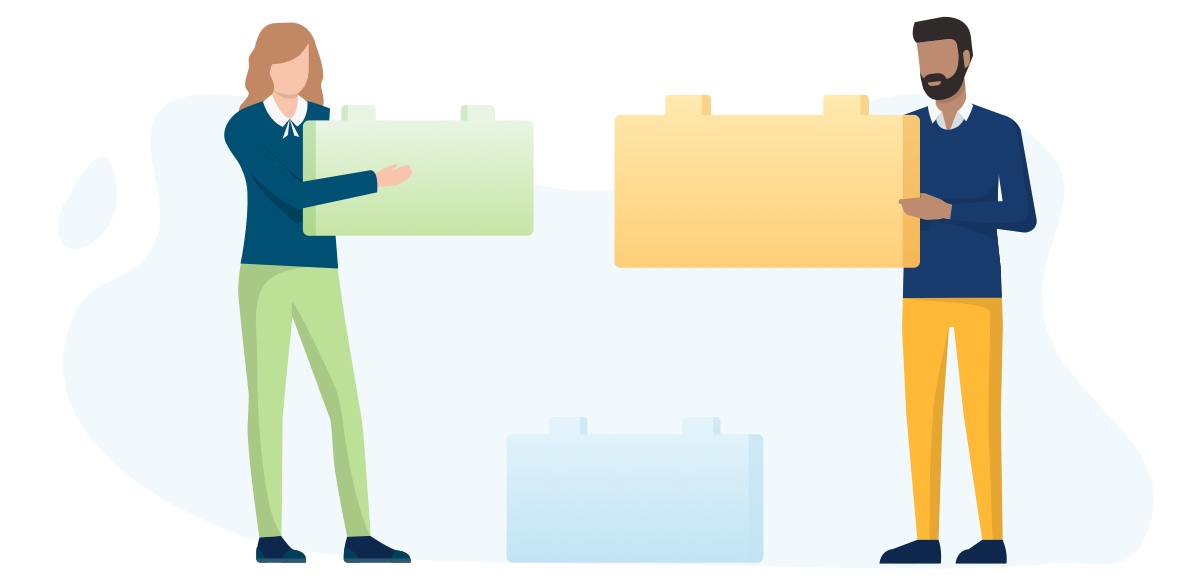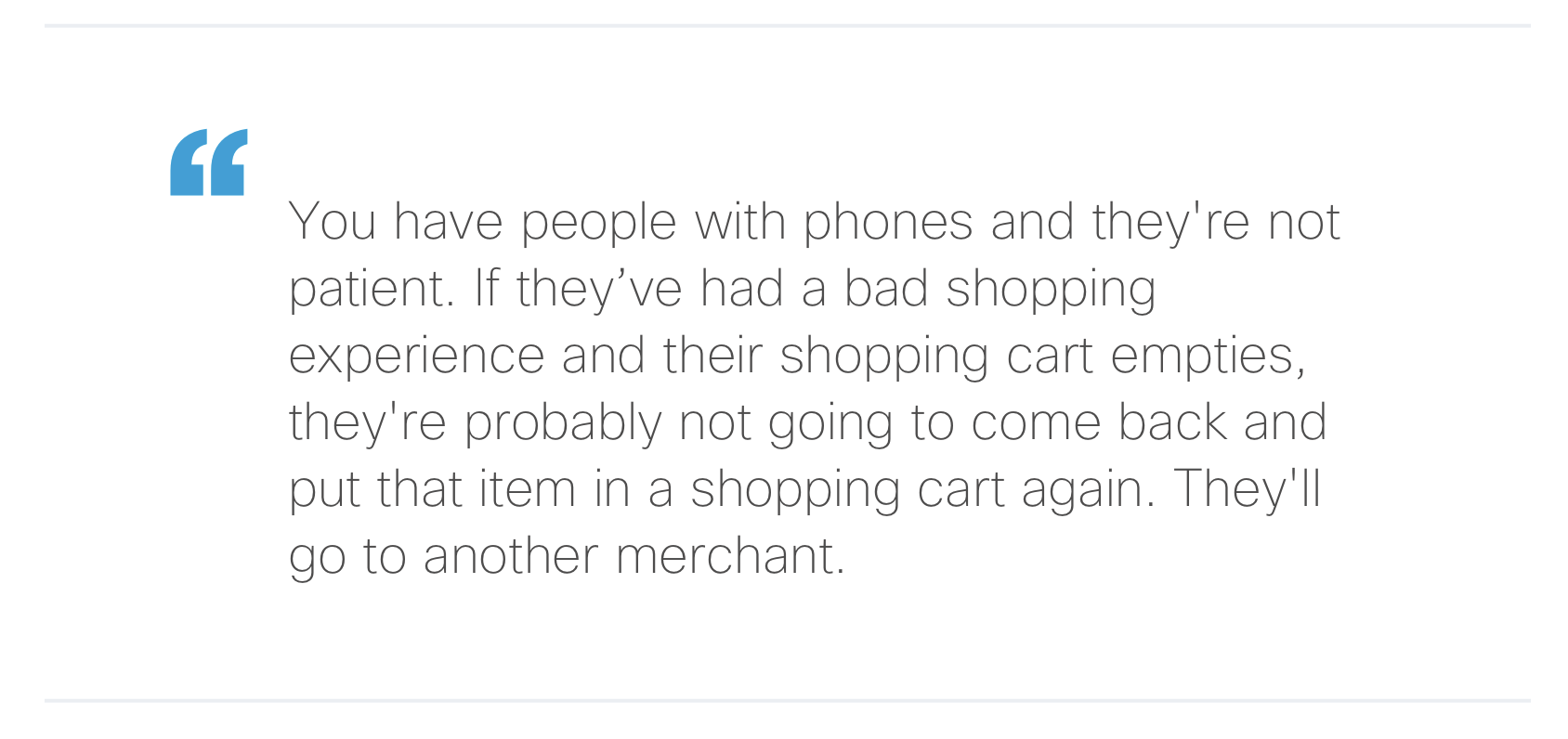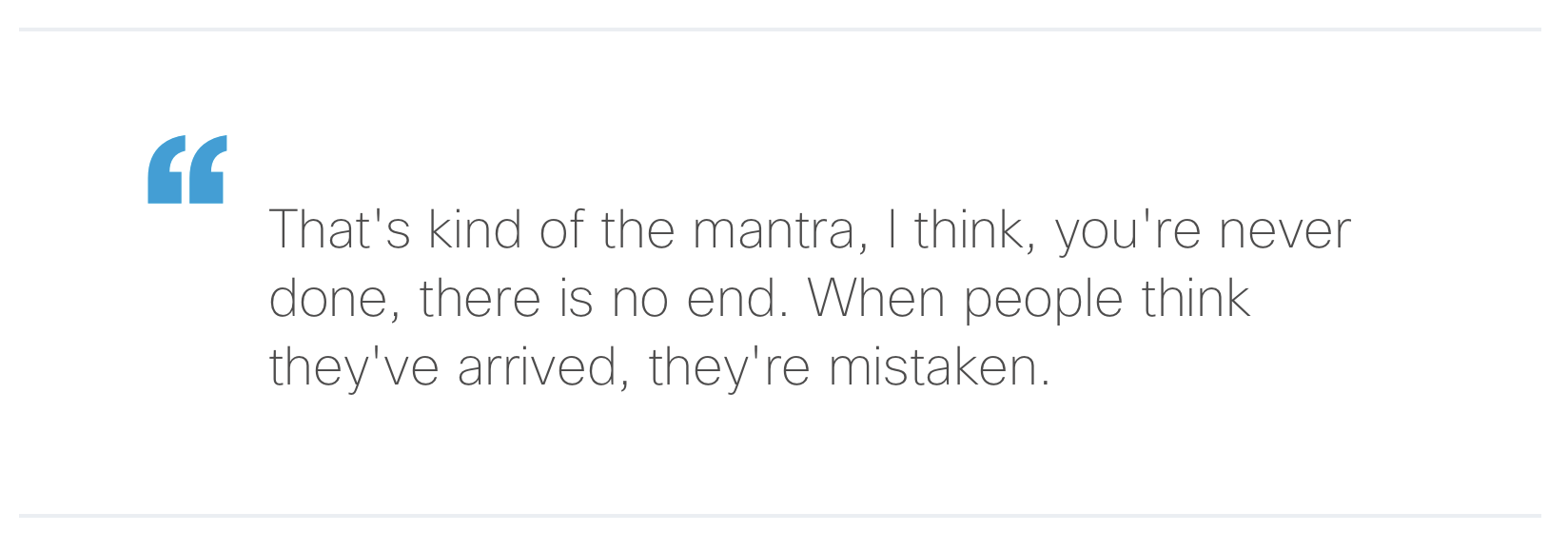“Even when we’re about three years old working with Lego blocks, we want to do something different, we want to build something unique with our own hands.”
It’s clear that from a young age Cisco Customer Experience’s Chief Architect, Dave Malik, had a knack for innovation, the process of deconstructing problems and reimagining new solutions.
In his early career, Dave was drawn to the world of finance due to its position at the forefront of enterprise innovation. It was here that he discovered the value of technology to drive companies to find a ‘wedge’ in the market – vital for survival in the highly competitive world of stock trading.
He may have moved on from Lego blocks, but today Dave is still focused on finding and implementing the innovations that set businesses apart from their competitors.
“Every customer has a vision of their own masterpiece and we want to help them build it.”
In our discussion with Dave, we uncovered 11 guiding principles he uses to drive innovation and digital transformation for some of the world’s largest companies.
Rule 1
Find the 10%
As Chief Architect for Cisco CX, Dave is charged with helping customers find the crucial, differentiating factor he calls the 10%.
To unearth this, he works alongside companies in a process of ‘co-innovation’, helping them discover what their customers need, and guiding them to implement the technologies to bring their outcomes to life.
Rule 2
Innovate from the outside-in
One of the most common mistakes Dave encounters in these early stages is innovation from the inside-out. Instead, companies should place themselves in the shoes of their end-customers, innovating from the outside-in.
“That’s how most companies fail. They build something they hope customers will embrace. Instead you should look at, ‘what are the toughest problems in the industry that can make an impact if resolved?’ and then you go tackle them.”
Rule 3
Focus on interactions, not transactions
“When you go to a store in a checkout line and get your groceries, that’s a transaction. That’s not what we’re here for.”
Just as important as winning new customers is achieving what Dave calls, ‘customer stickiness’.
But how do you make your customers stick?
The key is to focus on ‘interactions’ – building relationships by leveraging insight-driven experiences that engage customers as individuals, rather than delivering on one-time ‘transactions’.
Machine Learning and Artificial Intelligence (ML/AI) are enabling us to unearth these insights by predicting how and when customers require expertise for a solution. When people feel valued, as the result of an outstanding or highly personalized experience, they’re far more likely to come back for more.
Rule 4
Innovate at speed, with safety
In recent years, many industries have been flooded with nimble new players, each vying to innovate faster than the rest and achieve ‘customer stickiness’. This has prompted many established companies to change the way they operate to stay above the high-water mark.
“As an example, we have executed programs with financial institutions with over 200,000 employees, but they know they can no longer operate like a battleship.
So we’re seeing a lot of larger customers that are building smaller agile teams. They’re working in sprints and now we’re getting code out to drive cloud applications much faster with micro-releases.”
At the same time, these companies should ensure they’re working with trusted, credible vendors to minimize risk.
Rule 5
Secure your network with Automation and ML/AI
Properly managing security is essential to ensuring safety when innovating. Hardly a week goes by that we don’t hear of a cybersecurity breach, often due to the complexity of maintaining compliance across environments and the sheer scale of the networks that human operators have to protect.
The answer? Automation and ML/AI.
Rule 6
Unlock creativity by removing repetition
Beyond the pivotal issue of security, automation can also accelerate deployments and increase efficiency by batch processing repetitive tasks. Companies improve their bottom line, customers get access to reliable new services more quickly, and employees have more time to focus on innovation.
“A common misnomer in many markets is, ‘automation is going to dramatically reduce my workforce.’ The truth is, it will make your workforce more intelligent if you use it in a strategic manner.”
Rule 7
24/7 availability is a must in today’s digital landscape
Automation is also key to reducing latency and remediating issues faster, both of which are central to availability. Today, if your experience can’t be accessed 24/7 by your clients, it can pose a serious threat to your brand.
As a concrete example, Cisco’s Customer Experience team is supporting the requirement for high availability for some of the largest mobile operators in the world. Site Reliability Engineering practices are being used to ensure system availability to meet end-user demand.
Rule 8
Drive simplification and choice in multicloud
Whether building a Lego castle or a digital masterpiece, openness and interoperability are key. With Legos we rely on the ability of every piece to fit together to create a masterpiece.
This is true for our networks too, particularly when it comes to cloud. Dave believes every business should be able to develop a cloud-agnostic policy, the ability to choose the cloud they want, to innovate in the way they need, without negative consequences.
Multicloud is now a reality and those who exercise it will gain a competitive advantage. The challenge is ensuring these different environments are abstracted with common languages. Businesses must ensure they work with a vendor that can maintain security policies with no vendor lock-in, deliver the right experience and provide full visibility into their applications across any cloud.
Rule 9
Let your technology partner focus on the details while you focus on business outcomes
Automation, machine learning, and the ability to operate securely and efficiently across whatever environment you choose all provide the groundwork for innovation that drive a company’s competitive edge.
Despite this, Dave’s point of focus when working with customers is around providing value by achieving their specific business outcomes. At the end of the day, solving these problems is what builds a strong, trusting relationship.
Rule 10
Adopt a holistic end-to-end architecture
One of the ways Cisco sets itself apart is by moving beyond product development, realizing that for companies to get the most out of their solutions they need to be able to look at systems end-to-end.
“We’re looking at things very holistically. We’re passionate about how networking, security, applications, IoT, multicloud and emerging technologies can integrate more easily.”
With a cross-architectural approach, aided by Advisory, Architecture and Support teams, and ecosystem partners, Dave is able to help customers take a step back from their individual technologies. With architecture blueprints, key decision makers can view the entire canvas of their masterpiece and understand how it all fits together, and when and where investments need to be made. At the end of the day, IT is run as a business.
Rule 11
Innovation is a continuous process
To stay competitive today, no company can rest on their laurels. Rather, they need to continually ask themselves what new problems they can solve and how they can make their end-customers’ experiences even better across the lifecycle of their solutions. Here Dave draws the comparison to the Cisco’s Customer Experience racetrack.
“The graphic shows that it’s a continuous journey for our customers… We can always do better and improve and learn from what we’ve done.”
It’s this same philosophy that’s driven Dave Malik since day one, from bringing to life creative new ideas with Lego blocks, to stitching together digital solutions and driving innovation at a global scale.
Read more on Dave Malik’s work with Cisco: Visit his blog
Learn more about Cisco CX: Visit our CX hub















In-built & Informative article.
Great insights on technology, innovation and customer experience. Super proud of you Dave Malik and inspired every day by how you lead, influence and innovate.
Very educative. Thanks
Excellent viewpoint Dave. Particularly love point 8 – leave the plumbing to your technology provider.
I meant point 9
Great post @Dave Malik. Framing the challenges correctly is a critical key to innovation. You are spot-on on the Outside in innovation and love the framework. Drive simplification and choice in multicloud which is absolutely critical especially customers don't want to be in a vendor lock-in situation or even thinking about hybrid strategy. Loved the blog.
Dave – Insightful and super-relevant for all of us in CX. I particularly liked how you stitched together all the themes…And it will surely create a pathway for us to deal with the questions, expectations and challenges with our customers and partners. On a related note, it also serves us all as a lodestone in a recent Cisco community event (Talent Expo) in Blore CX center. We had over 1000+ folks asking us – what it takes to work for CX..Your lucid 11-point mantra was the theme I leveraged to explain it all – around the roles we have in CX.. Thanks so much for guiding and inspiring us – at all times..